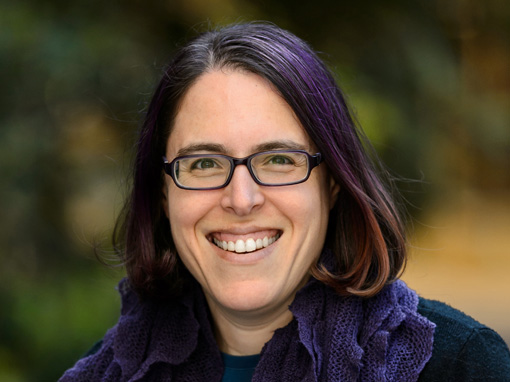Pisac was lovely. A tiny town of only 2000 souls, the main square was entirely taken up by a colorful market selling everything from jewelry to backpacks and more. It started to pour so we bought some raingear from the nearby gear shop and I bought an alpaca wool backpack from a man wearing camposino traditional clothing. I imagine he or his family wove the bag themselves. So often when we asked about where an item came from, we were buying it from the person who made it or their sister.
In the afternoon, as the sun came out, we went to walk up the mountain to las ruinas but a man we had bought a wall hanging from asked us where we were going and told us it was too far to walk. He said we needed to get a taxi from near the bridge back through the town, but then a woman from the next stall said, “Taxi?†and he explained what we wanted and she said her husband drove a taxi. They knocked on the door of the house we were in front of, and a guy came out. They asked him about the taxi, he named a price, we bartered down a bit because we only wanted a lift up not there and back and we walked 100 meters to his cab and were on our way.
As we wound our way around about 20 switchbacks we started to understand and appreciate the kindness of our stallholder. The ruins are at around 3200 meters above sea level and we were starting in the Sacred Valley, right at the river floor. They are stunning feats of architecture: terracing down the mountainside for agriculture, enormous stones dragged into position for housing and a temple of the sun, tunnels in the mountainside. After climbing one very steep staircase and coming over a hill, we encountered an incredible astronomical observatory, doorways carefully placed at 15 degree angles to withstand earthquakes and stones placed with amazing precision.
As we were marvelling at the Incan ingenuity, a schoolboy came up the hill from Pisac. “Hola,†he said. “Hola,†I responded. And still in Spanish, “Do you live up here?†“Yes, but higher.†“Is it good?†“Yes.â€
He kept going. We soon encountered another. The same conversation, but then “How many people live up there?†“In my village? 200.†“And do you walk up this hill every day?†“Yes, every day I go down and I return.†(This is a 4km walk he’s talking about!) “Do you like it here?†“Yes. Don’t you?†“Yes, but I’m fom Australia and I live near the sea. This is very high for me.†“Ah,†he says. “Do you know much about this place?†“A little,†I say. “I know that this is the temple of the sun and I think it was built around the 15th century.†“Could be,†he says. “And I think that building there is older.†“Yes,†he says. “I think it’s from around the 12th century.†“Could be,†he says. “Well, have a good day,†I say. “Ciao!†and he’s off, climbing the way we came.
We wend our way down the mountain, another hour or so down. The sun sets by the time we get to the bottom and we are happy and tired. This is bliss. We definitely feel like we are on a honeymoon adventure now. We have learnt how to say we are newlyweds in Spanish and that this is our “luna de miel†and we are starting to get “felicitations!†from the locals. A man in traditional dress at Sacsayhuaman sold us beads for our hair and wished us many children.
Back in Pisac we want a drink for our tired muscles and I suggest we investigate Mullu, an alternative café recommended by our Lonely Planet bible. It turns out to be awesome, playing chillout music and serving the most amazing alpaca ribs in berry and red wine sauce with mash and alpaca ravioli with passionfruit dressing for Doug. I had mandarine and lime juice with ginger and honey — mmm!
And then we went back to our gorgeous little hostel and snuggled in for the night, ready to wake early and catch the bus to Ollantaytambo. A wonderful, wonderful day.
